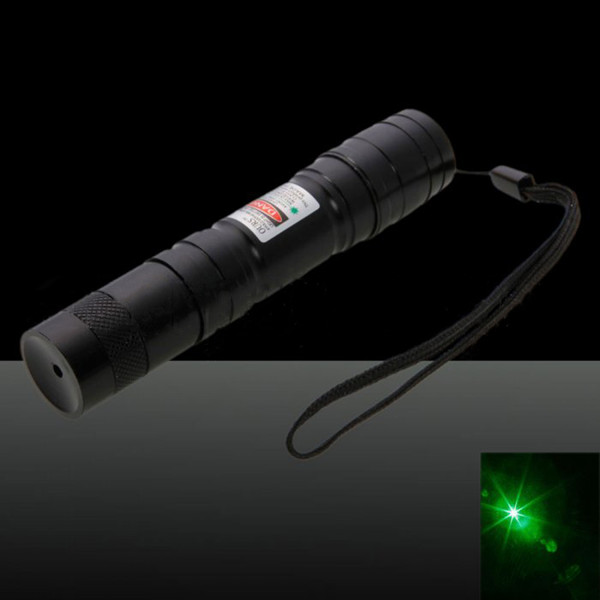The three conditions for laser pointer generation are: to achieve population inversion, meet threshold conditions and resonance conditions. The primary condition for stimulated emission of light is population inversion. In semiconductors, electrons in the valence band are pumped to Conduction band. In order to obtain ion number inversion, heavily doped P-type and N-type materials are usually used to form a PN junction. In this way, under the action of an applied voltage, ion number inversion occurs near the junction area-in high Fermi Electrons are stored in the conduction band below the energy level EFC, and holes are stored in the valence band above the low Fermi level EFV.
Achieving population inversion is a necessary condition for generating laser light, but it is not a sufficient condition. To generate laser light, a resonant cavity with extremely low loss is also required. The main part of the resonant cavity is two parallel mirrors, which are emitted by activating the material. The stimulated emission light is reflected back and forth between the two mirrors, continuously causing new stimulated radiation, which is continuously amplified. Only the gain of stimulated emission amplification is greater than the various losses in the laser, that is, it meets a certain threshold condition:

P1P2exp(2G-2A) ≥ 1 (P1, P2 are the reflectivity of the two mirrors, G is the gain coefficient of the active medium, A is the loss coefficient of the medium, and exp is a constant),
In order to output a stable laser, on the other hand, the laser is reflected back and forth in the cavity. Only when the phase difference between these beams at the output end is Δф = 2qπ q = 1, 2, 3, 4.... The output end produces enhanced interference and outputs stable laser. Assuming that the length of the resonant cavity is L and the refractive index of the active medium is N, then Δф=(2π/λ)2NL=4πN(Lf/c)=2qπ, the above formula can be converted into f=qc/2NL This formula is called the resonance condition. It shows that after the length L and refractive index N of the resonant cavity are determined, only light of certain specific frequencies can form optical oscillations and output stable laser light.
The light-emitting principle of the green laser pointer
The function of the laser pointer
"Zoom in" function: The main use of laser light is to focus on the key content of the lecture, the purpose is to attract visual attention and enhance the effect of learning.
"Page turning" function: Mainly according to the needs of the class, the screen can be blacked out, complete the conversion of the content of the class, and enter the content of the next link.
"Electronic pointer" function: It mainly realizes the storage, marking, laser instruction of the content of the class, and the content of the lecture can be circled.
"Pointing to the star" function: The green laser pointer can emit a dazzling green beam in the night sky, and can easily indicate the location of the stars to the people around.
"Wireless remote control" function: It is mainly to realize the remote control of the computer in any corner of the classroom, and adjust the content of the class at any time according to the needs of the class progress.
